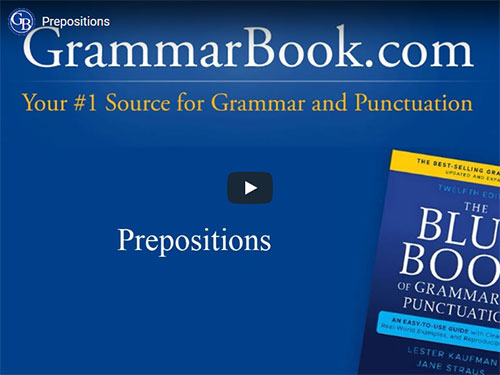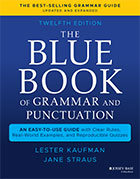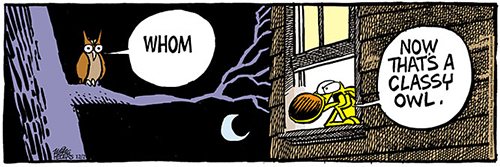|
Having trouble viewing this message? Click here to view it online.
To unsubscribe or change contact details, scroll to the bottom and follow the link.
|



|
|
Examples of Indirect Objects
|
|
Most American-born people will have heard of direct and indirect objects at some point in their schooling years. And yet, some English speakers—even those who grew up in the U.S.—may have a hazy understanding of the difference between a direct and indirect object.
Today, we will review the distinction. We'll explain what an indirect object is and give you some examples to help you understand its grammatical function.
Direct and Indirect Objects in English
Let's begin with a quick refresher. The direct object in a sentence is something that is being acted on by something else. Consider the following example:
The verb (or action word) in this example is threw. The thing that was acted upon was the ball, making ball the direct object.
If we added more to the sentence, however, we would have another object that receives the direct object. This receiver becomes the indirect object.
That can sound complicated, but it's easy to understand when we expand our original sentence:
| Jim threw his dog the ball. |
In this sentence, Jim is still throwing the ball (he's not throwing his dog, thank goodness). This means ball is still the direct object, and the receiver of the ball is Jim's dog. Dog is therefore the indirect object in the sentence.
An Easy Way to Spot Indirect Objects
The easiest way to find the indirect object in a sentence is to work backward. That is, find the verb, then the direct object, and (lastly) the indirect object.
Let's look at another example sentence:
| Jane sent the bank her payment. |
Working backward, we can see the verb is sent. That's the action being performed in this sentence.
With sent established as the verb, we can deduce that payment is the object being acted upon. That is the object that was sent.
And finally, because the payment was sent to the bank, bank is the indirect object.
|
View and comment on this
article on our website.
|
|
|

|
 |
The Blue Book of Grammar and Punctuation
by Lester Kaufman and Jane Straus |
The Authority on English Grammar! Twelfth Edition Now Available
An indispensable tool for busy professionals, teachers, students, homeschool families, editors, writers, and proofreaders.
Available in print AND as an e-Book! Over 2,000 copies are purchased every month!
To order the book, simply click the link to order the book from the GrammarBook.com website.
|
Free BONUS Quiz for You!
Friend, because you are a subscriber to the newsletter, you get access to one of the Subscribers-Only Quizzes. Click here to take an Irregular Verbs Quiz and get your scores and explanations instantly!
We will be adding many more quizzes this year to our already substantial list of them. If you have suggestions for topics we have not yet covered, please send us a message at help@grammarbook.com.
|
Hundreds of Additional Quizzes
at Your Fingertips
Subscribe now to receive hundreds of additional English usage quizzes not found anywhere else!
Teachers and Employers
Save hours of valuable time! You may assign quizzes to your students and employees and have their scores tallied, organized, and reported to you! Let GrammarBook.com take the hassle out of teaching English!
"Fun to test my skills."
"The explanations really help ... thanks!"
"I can select the quizzes to assign to my students, and then the results are reported to me automatically!"
If you think you have found an error in a quiz, please email us at help@grammarbook.com
|
Wordplay

|
 |
English in a Snap:
68 One-Minute English Usage Videos FREE |
Learn all about who and whom, affect and effect, subjects and verbs, adjectives and adverbs, commas, semicolons, quotation marks, and much more by just sitting back and enjoying these easy-to-follow lessons. Share them with your colleagues (and boss), children, teachers, and friends as well! Click here to watch.
|
|